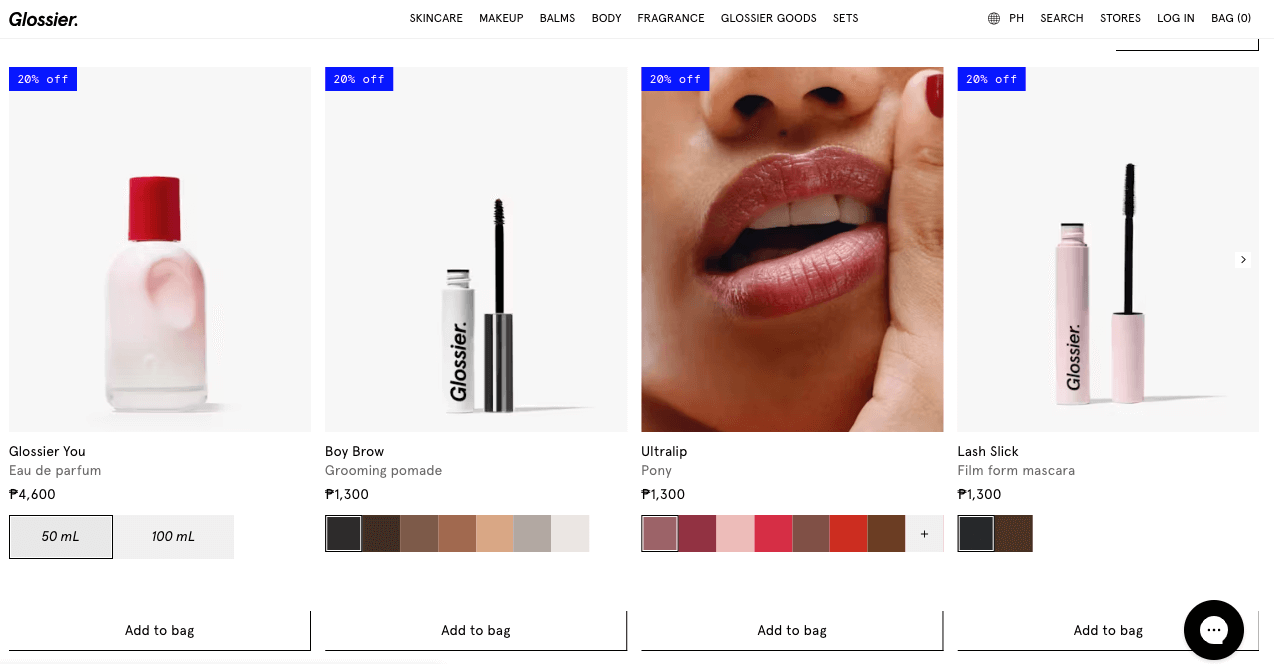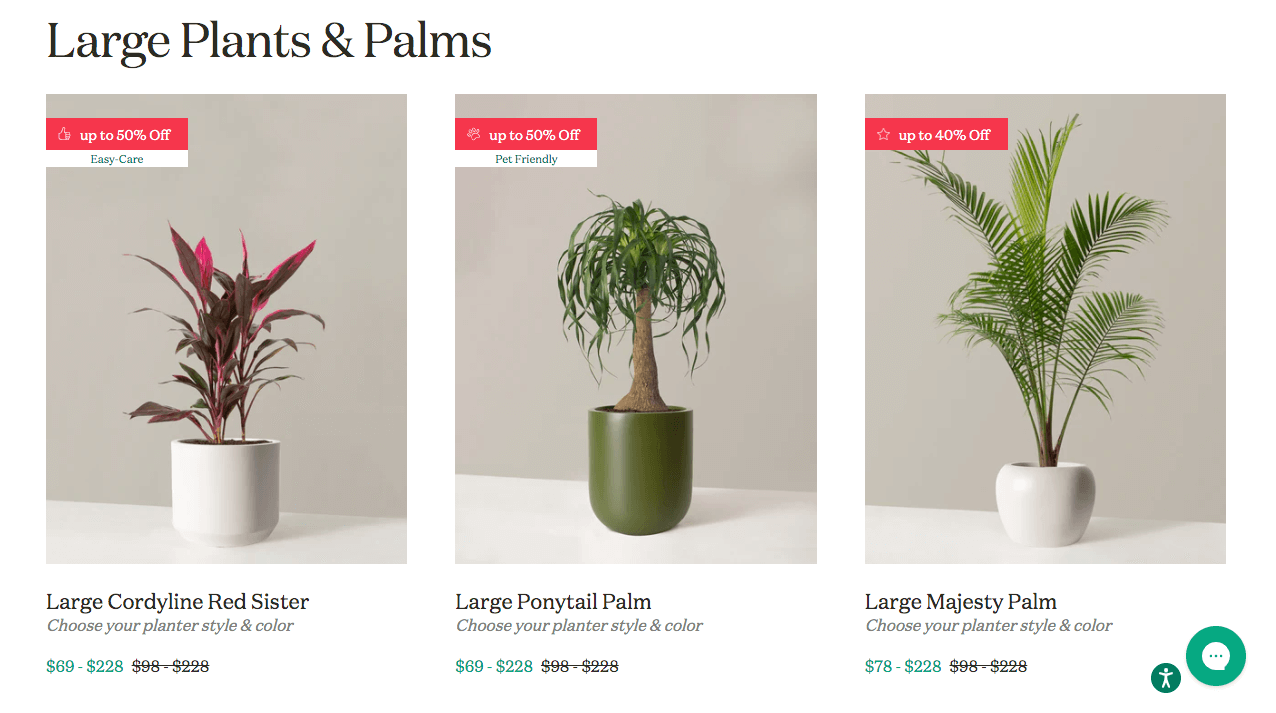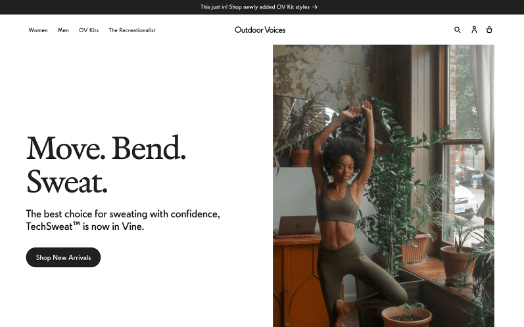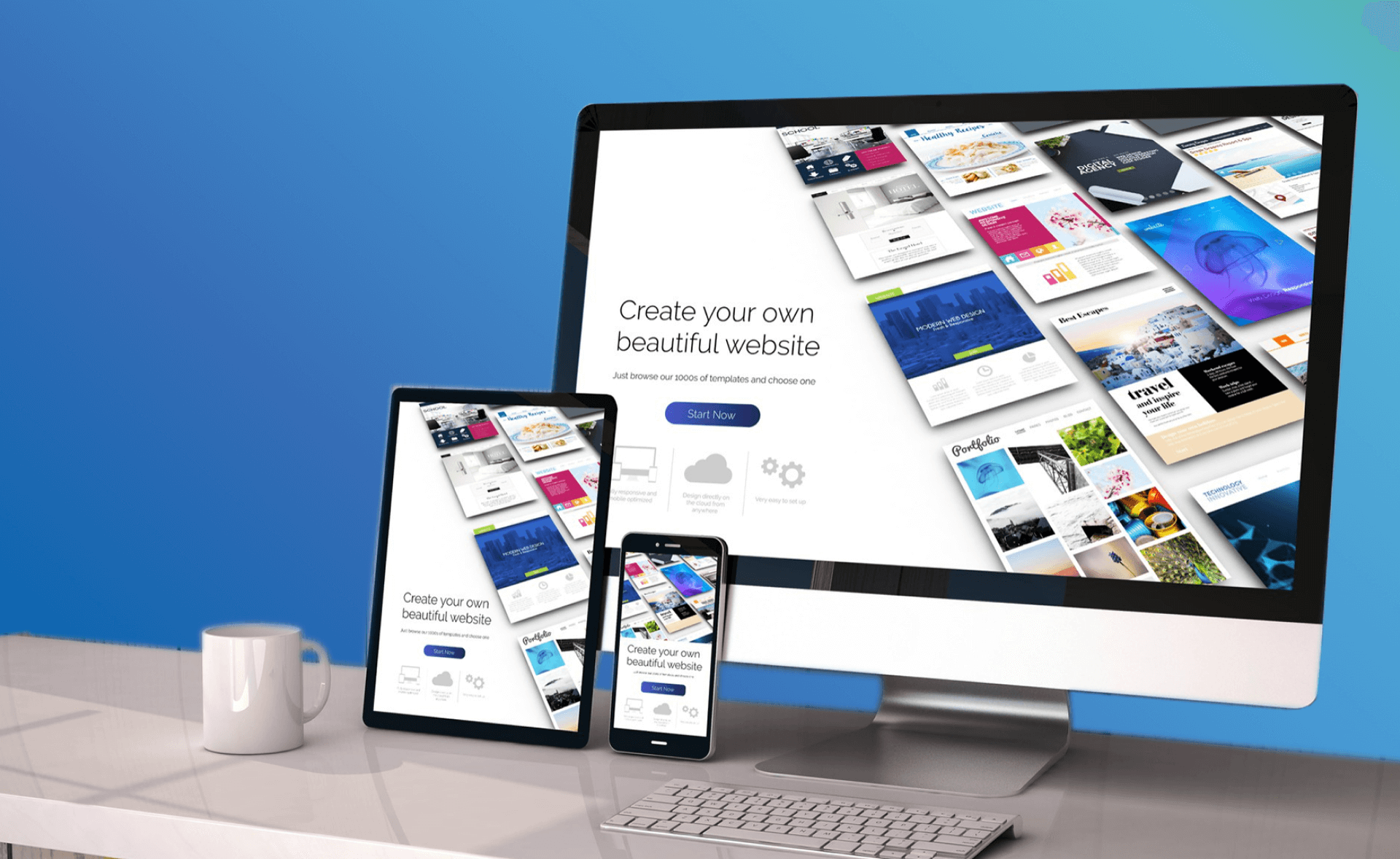Dreaming of making your online store awesome or wanting to make it look even cooler? Building a Shopify website might sound complicated, but it’s not! We’re here to help you craft an online store that’s both stunning and highly effective at selling.
This guide is more than just talk – it’s your tool to turn browsers into buyers. Let’s find out how close you are to owning an online space that both earns and impresses. Get ready to craft your Shopify store that will represent your brand, grab the attention of your audience, and help you boost your sales.
Step-by-Step Guide on How to Design a Shopify Website
- Conduct Market Research
- Choose a Reflective Theme
- Prioritize User Experience
- Focus on Visual Appeal
- Attention to Detail
- Integrate Social Proof
- Eye-Catching CTAs
- Brand Consistency
- Explore Additional Tips
1. Conduct Market Research
Before you start making your website, it’s good to learn as much as you can about your target audience. Find out what they like, what they need, and what they’re searching for. This will help you build a Shopify website that they will enjoy visiting, which can make your online store more successful.
You want to keep up with what’s popular, what your customers need, and what other stores like yours are doing, so your website and what you sell are exactly what people want.
Understanding Your Audience
Using tools like Google Analytics, asking questions through surveys, and looking at social media can tell you a lot about who your audiences are, what they’re interested in, and how they use the internet.
Analyzing Competitors
Look at other online stores that sell things similar to what you want to sell and see what they’re doing right or wrong. Notice how their websites look, what items they have for sale, their prices, and how they talk to their customers.
You can use tools like SEMrush and Ahrefs to learn about what words they use to show up in searches on the internet. This can help you figure out how to be different and better.
Trend Spotting
Stay ahead by identifying industry trends. Use platforms like Google Trends and social media to spot emerging products, design preferences, and shopping habits. This proactive approach can help you cater to future demand before it fully emerges.
Choosing Products for Your Shopify Store
When designing your Shopify site, prioritize selecting products that appeal to your audience, blending current trends with timeless appeal. Validate your choices with pre-sales or test batches, adopting a Minimal Viable Product (MVP) strategy. Launch with essentials and refine based on customer feedback, ensuring your store meets user needs efficiently.
2. Choose a Reflective Theme
Choosing the perfect theme for your Shopify store is a big deal if you’re aiming to kick things off just right. It’s not just about snagging a pretty design; it’s about creating a user-friendly space that represents your brand.
Whether you’re an aspiring entrepreneur or a small business owner eager to make your mark on the web, Shopify’s Theme Store has got you covered. There are lots of templates you can choose from complimentary themes to premium choices, but each one has different features and looks to match what you need.
Catalog Size Matters
The size of your product catalog plays a significant role in theme selection. The Shopify Theme Store allows you to filter themes by catalog size, ensuring you find one that can elegantly display your range of products, whether you have a single item or thousands. This feature helps you present your products effectively, no matter your inventory size.
Industry-Specific Themes
Shopify also categorizes themes by industry, making it easier to find one that fits your brand’s field. For example, the Streamline theme is perfect for active lifestyle brands, emphasizing vibrant visuals and dynamic content. In contrast, the Express theme is ideal for food and beverage sites, streamlining online ordering processes.
Flexibility and Customization
The adaptability of Shopify themes means your initial choice isn’t final. Many themes, like Minimal, offer a versatile canvas for branding, customizable through theme settings and with extensive options for typography and layout adjustments. Exploring the Shopify App Store can also add valuable integrations to enhance your site’s functionality. Utilizing Shopify’s drag-and-drop website builder, you can easily modify web pages, making your site user-friendly and aligned with your brand identity.
3. Prioritize User Experience
User experience (UX) is crucial for any online store‘s success. A Shopify store that’s easy to use, quick to load on mobile, and streamlines the checkout process can significantly improve your conversion rates.
Plus, it gives your SEO a boost, helping your store climb up the search engine rankings. Focus on creating a smooth layout, optimizing site speed, and ensuring your store looks great on mobile to provide a seamless shopping experience.
Here’s a few practical tips to do this:
Functionality First
Conversion rates soar when your online store emphasizes function over flash. Take Amazon’s lead by focusing on fast loading times and easy navigation, rather than overdoing it with complex design elements that may hinder performance, especially on mobile devices.
Sales Funnels Over Web Pages
Design your Shopify website to guide customers seamlessly through their buying journey. Utilize insights from SEO and social media to create intuitive paths that lead from interest to purchase, enhancing your ecommerce platform‘s user experience.
Market with Intent
Engage potential customers by understanding their browsing habits and motivations. Whether they’re coming from social media or direct searches, tailor your marketing to capture both their attention and intention, improving your site’s SEO and drawing in a targeted audience.
User-Centered Copy
Ensure your site’s copy is straightforward and helpful, guiding users without distraction. This approach, focusing on clear, informative text, enhances the overall user experience, making your ecommerce business more accessible and user-friendly.
Intuitive Navigation
Create a navigation system that’s straightforward and intuitive, designed to understand and fulfill user needs, making your online store easy to explore. Shopify themes offer various user-friendly options, including sticky headers and detailed menus, to help customers find exactly what they’re looking for with minimal effort.
Mobile UX Priority
Considering a large chunk of ecommerce traffic stems from mobile devices, providing an exceptional mobile experience through your Shopify store is crucial. Responsive Shopify themes automatically adjust your site to fit any device perfectly, improving access and making shopping on mobile smooth and effortless.
4. Focus on Visual Appeal
The look of your products plays a critical role in influencing buyer decisions. Without the ability to touch or try out products, customers depend on compelling visuals to understand their value. Effective ecommerce photography that clearly showcases the benefits and quality of your offerings is essential.
Use high-quality product images, maintain a consistent color scheme, and choose fonts that are easy to read. Visual elements should complement each other and reinforce your brand identity, making your online store stand out.
Take Apple, for instance. The way they present the Apple Watch on their website is a masterclass in visual marketing. They effectively use images to show the watch being used by people from various walks of life, instantly communicating its versatility and value to potential buyers.
💡Tip: Create a captivating visual library for your store. Shopify’s Burst offers a fantastic starting point with its extensive collection of free, high-quality images perfect for ecommerce. For more options, Unsplash is another excellent source of royalty-free photos provided by talented photographers from around the globe.
5. Attention to Detail
Details matter in ecommerce website design. This covers everything from typography and color schemes to the placement of CTAs (call to action). Even small adjustments can make a big difference in how users engage with your site and in your sales. Use tools like Canva for your design needs and Shopify’s customization options to refine how your site looks.
6. Integrate Social Proof
Customer reviews and testimonials act as social proof, significantly boosting trust in your brand. By incorporating these elements into your Shopify store, you can give potential customers confidence in your product quality and brand reliability. The Shopify App Store provides a range of plugins that make adding review sections to your product pages a breeze.
Gaining trust is crucial for an ecommerce store. To diminish buyer hesitation, ensure your site includes a Contact page for support and a clear return policy.
<Powered by Shopify badge showing>
Additionally, keeping the “Powered By Shopify” badge in your site’s footer leverages Shopify’s reputation, reinforcing trust with customers already acquainted with the platform’s reliability.
7. Eye-Catching CTAs
CTAs guide users toward taking the actions they want, from making a purchase to signing up for newsletters. Ensure your CTAs are prominently placed and use persuasive language that encourages clicks. Testing different colors and messages can help identify what works best for your audience.
<photos of eyecatching CTAs>
8. Brand Consistency
Keeping a consistent branding across all your web pages boosts your brand identity and offers a seamless experience for users. Whether it’s your domain name or the emails you send out, every interaction should mirror your brand’s voice and look. With Shopify’s theme settings, you can easily keep your fonts, colors, and overall style in sync.
9. Explore Additional Tips
There’s always more to learn about optimizing your Shopify store. Stay informed about the latest trends in ecommerce, SEO best practices, and new Shopify features to continually enhance your site. Engaging with Shopify experts and exploring the Shopify tutorial section can provide valuable insights.
Shopify Website Design Inspiration for Beginners
1. Glossier

Source: https://www.glossier.com/
Niche: Beauty
Standout Design Feature: Glossier’s magic lies in its simplicity and clarity. By displaying product prices upfront on the homepage, it invites visitors into a hassle-free shopping experience, blending affordability with daily beauty routines seamlessly.
2. The Sill

Source: https://www.thesill.com/
Niche: Home Decor
Standout Design Feature: The Sill enchants with a tranquil color palette that mirrors its plant offerings, combining earthy tones and a clean white backdrop. This thoughtful design choice subtly conveys the brand’s essence while crafting a serene online shopping atmosphere.
3. Outdoor Voices

Source: https://www.outdoorvoices.com/
Niche: Fashion/Sportswear
Standout Design Feature: Outdoor Voices welcomes you with a captivating full-page video on their homepage, showcasing their apparel in motion. This dynamic greeting visually communicates the brand’s ethos—fashion-forward, functional attire for any adventure—without needing to scroll or click.
4. Mejuri

Source: https://mejuri.com/world/en
Niche: Jewelry
Standout Design Feature: Mejuri distinguishes itself with a centered menu layout on its homepage. This innovative approach draws shoppers directly into its collection, setting the stage for an engaging shopping experience distinct from other jewelry ecommerce sites.
5. Casper

Source: https://casper.com/
Niche: Home/Bedding
Standout Design Feature: Casper draws in visitors with an interactive sleep quiz, recommending products based on their sleeping habits. This tailored strategy not only elevates the customer experience but also fosters a deeper connection with the brand, making for a memorable visit to their ecommerce site.
To Wrap Up
Making a Shopify website can be fun and not too hard. With these simple ideas and a little bit of imagination, you can make an amazing online store that shows off what your brand is all about and grabs people’s attention.
Think of your website as the main spot of your online business—it’s where customers come to shop and enjoy. Are you excited to get started? Schedule a free consultation call with us, and let’s turn your vision into reality.
